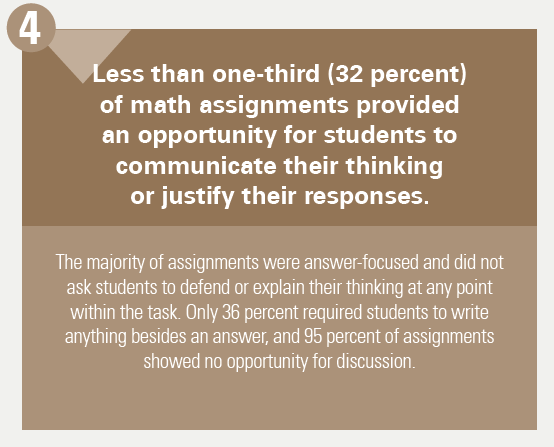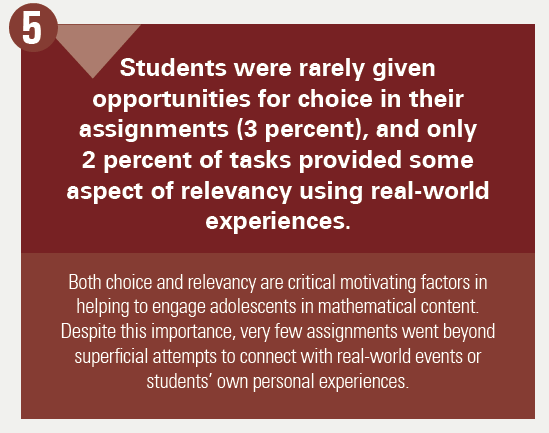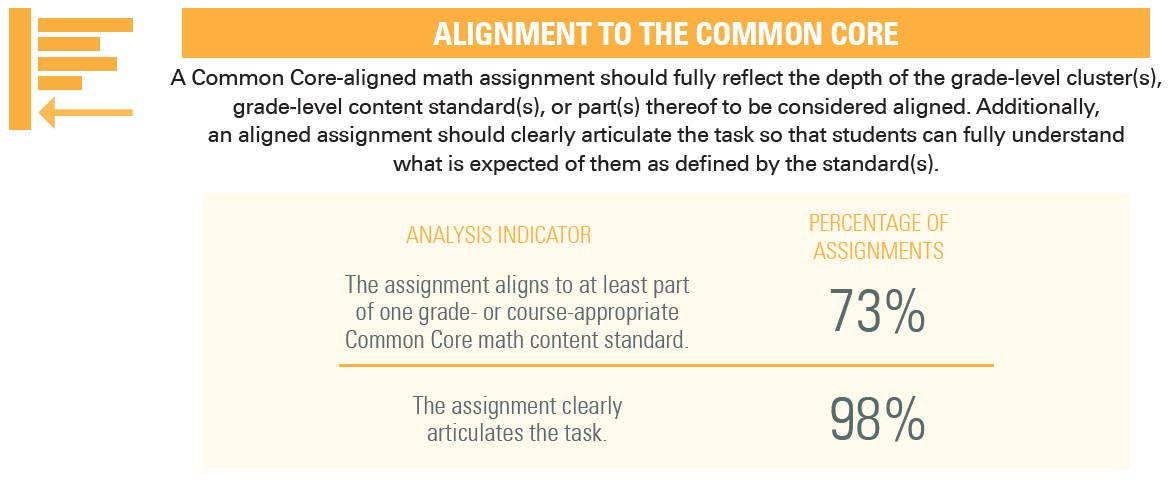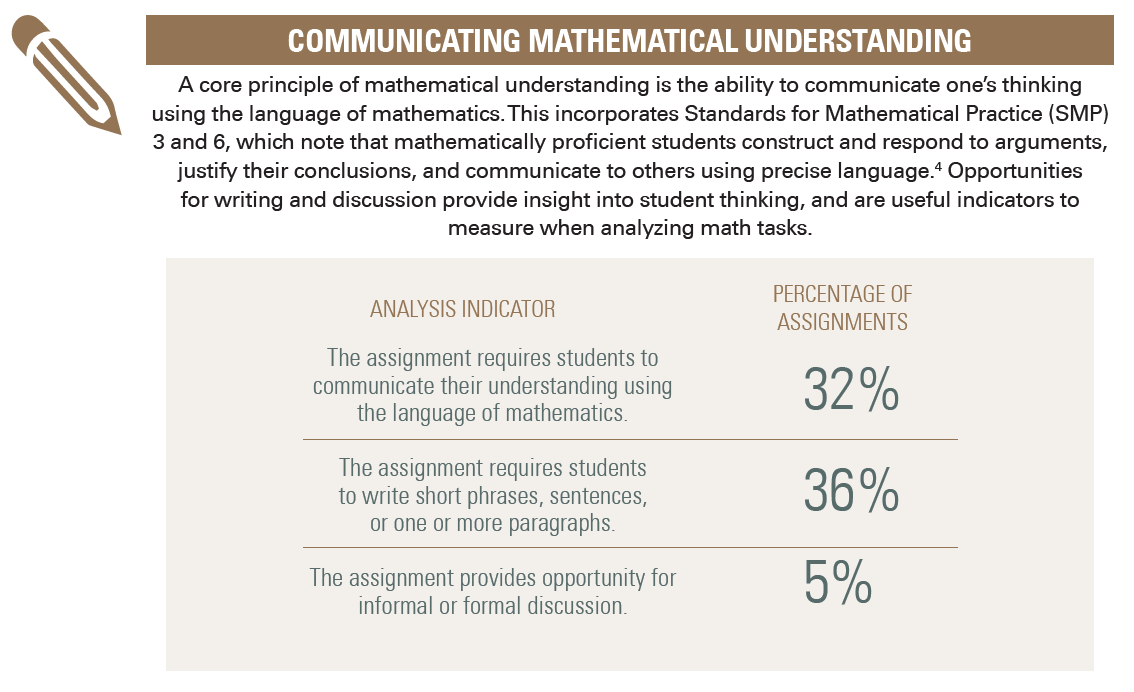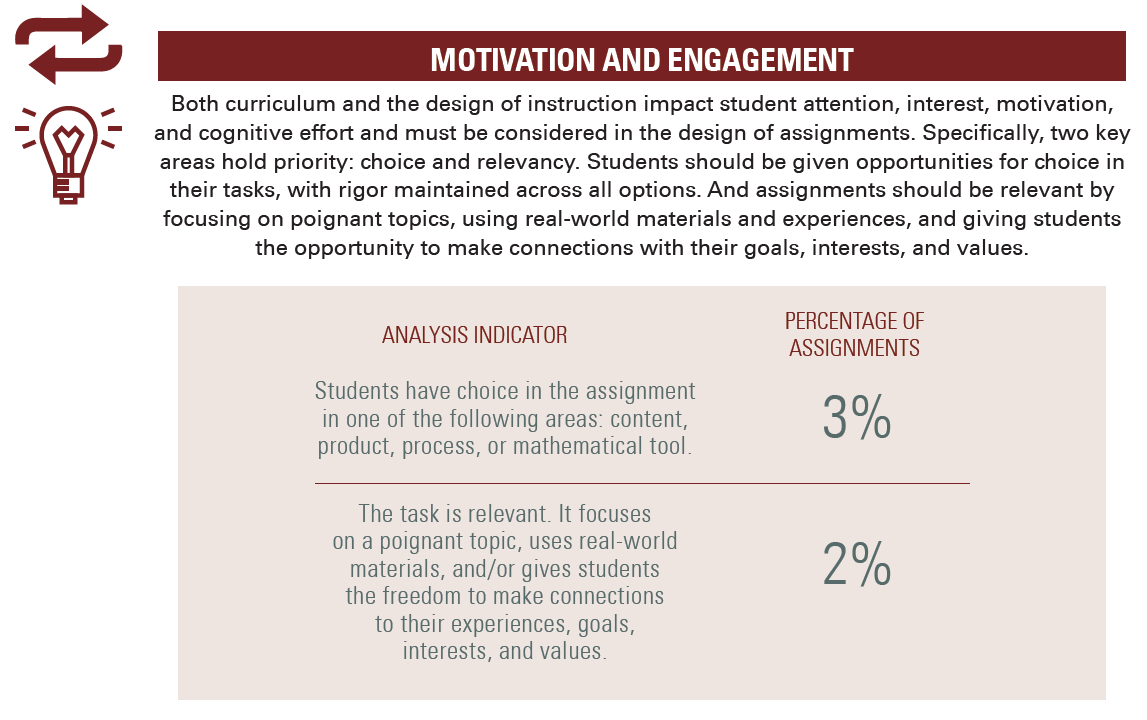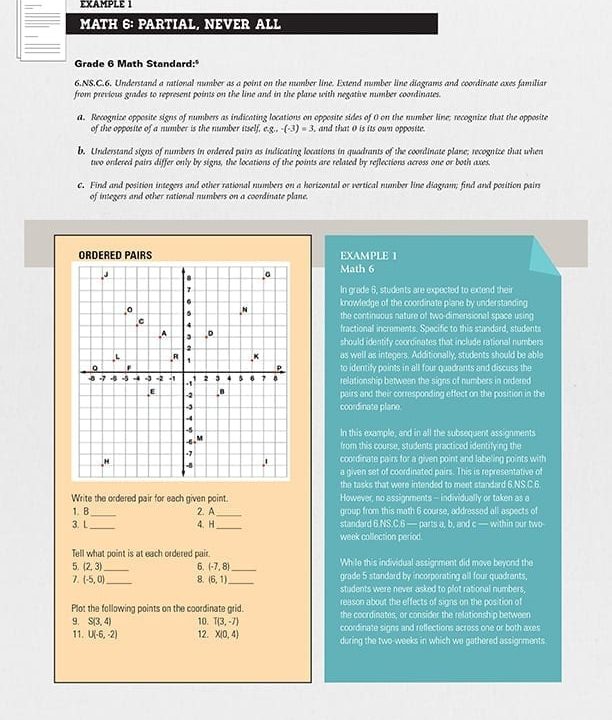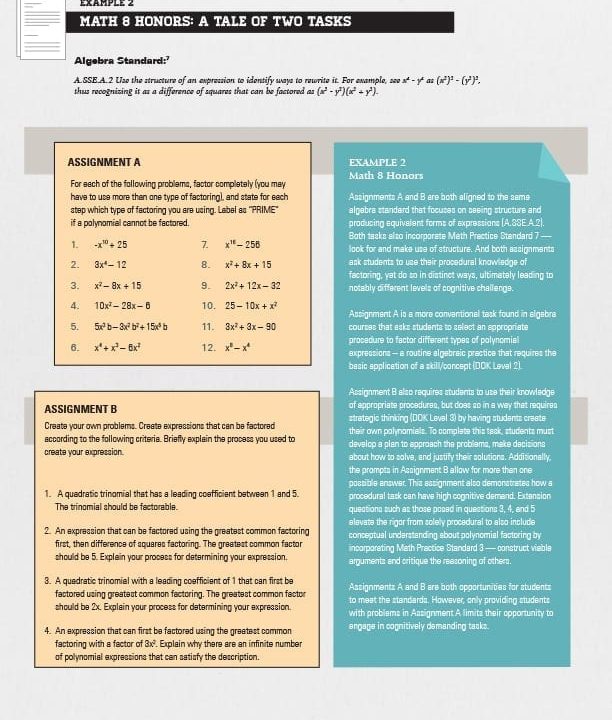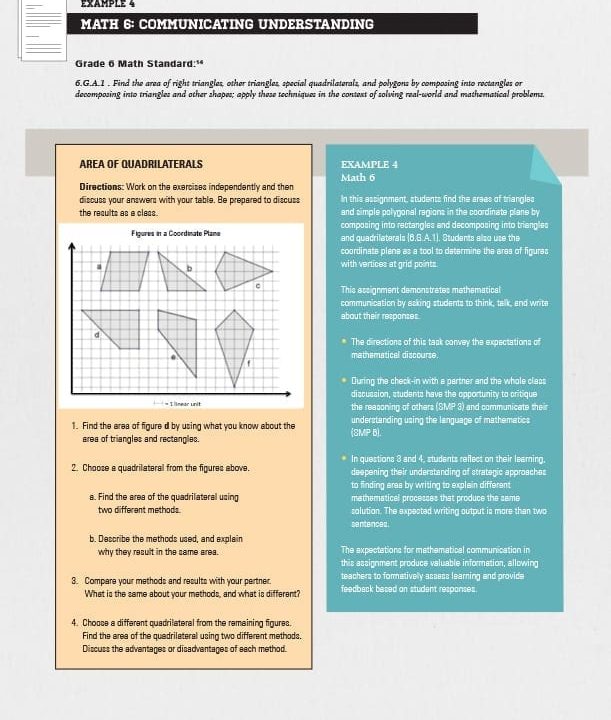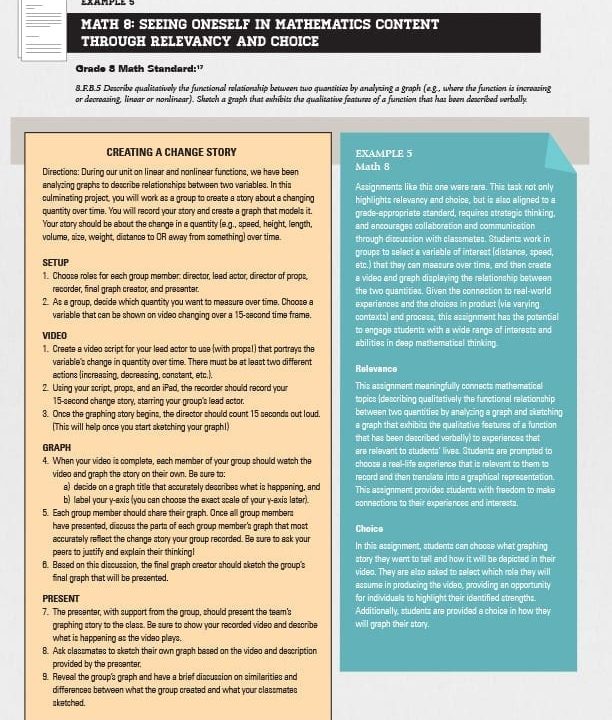Checking In: Are Math Assignments Measuring Up?
Nearly every state includes measures of college- and career-readiness in their accountability plans under the Every Student Succeeds Act, and the quality of classroom assignments can help gauge whether students are being prepared for success beyond high school.
What is Equity In Motion?
In this series, we look at how issues or equity are playing out in the daily activities of schools and educators. Specifically, do classroom assignments reflect the more rigorous standards for college- and career-readiness?
What did we do?
In Checking In: Are Math Assignments Measuring Up?, we examined more than 1,800 math assignments given to middle-school students from six districts — urban, suburban, and rural — across the country. Assignments were collected from 63 sixth-, seventh- and eighth-grade teachers teaching math courses, ranging from math 6 through geometry.

What did we find?
Unfortunately, our analysis revealed that although roughly three-fourths of all assignments at least partially aligned to the grade- or course-appropriate math content, they also tended to:
- Have low cognitive demand
- Over-emphasize procedural skills and fluency
- Provide little opportunity for students to communicate their mathematical thinking
And this tendency was often worse in higher poverty schools.
How did we do it?
In order to analyze assignments from different classrooms, schools, and districts, we developed an analysis framework with five components:
Example Analyses
While we know all of this information is important, we also know it can be hard to fully understand without an example of the analysis in action. And we’ve got you covered. Below you will find five examples of our Math Assignments Analysis Framework in action using actual assignments from our study. (NOTE: Click on the images to enlarge for an easier time reading)




